Angkor Wat is one of the largest religious monuments ever constructed in the world, with the name meaning “temple city”. Built in the first half of the 12th century in about 30 years, the complex of Angkor Wat as constructed by King Suryavarman II, dedicated to Vishnu (Hindu), replica of Angkor Thom style of art as well as the state temple and political center of his empire. Then by the end of the 12th century, Angkor Wat became a Buddhist temple. Although it was damaged significantly during the Khmer Rouge regime in the 1970s and in earlier regional conflicts, it serves as an important tourist attraction and the symbol of Cambodia.
Its architecture was originated from Mount Meru, which was considered as the home of the gods in both the Hindu and Buddhist faiths. Its five towers are intended to recreate the five peaks of Mount. Meru while the walls and moat below honor the surrounding mountain ranges and the sea. During the site’s construction, the Khmer had developed and refined their own architecture style gradually, focusing on sandstone. As a result, Angkor Wat was erected with blocks of sandstone.
A 15-foot high wall, surrounded by a wide moat, protected the city, the temple and residents from invasion, and much of that fortification is still standing. A sandstone causeway served as the main access point for the temple.
Inside these walls, Angkor Wat stretches across more than 200 acres. It’s believed that this area included the city, the temple structure and the emperor’s palace, which was just north of the temple.
However, in keeping with tradition at the time, only the city’s outer walls and the temple were made of sandstone, with the rest of the structures built from wood and other, less durable materials. Hence, only portions of the temple and city wall remain.
Even so, the temple is still a majestic structure: At its highest point—the tower above the main shrine—it reaches nearly 70 feet into the air.
In 1992, Angkor Wat was named a UNESCO World Heritage site. It has welcomed about a million of visitors each year, who come to discover a glorious period of Angkor in the past as well as to capture images of Angkor in the sunrise over, which is very magical and spiritual.
Source: History.com
Built in the first half of the 12th century, Angkor Wat is an enormous Buddhist temple complex located in northern Cambodia. Spread across more than 400 acres, Angkor Wat is said to be the largest religious monument in the world.
When is the best time to visit Angkor Wat?
Each year, there are millions of tourists visiting Angkor Wat, especially between December and February. This period is seen as peak season for tourism in Cambodia and Angkor Wat because the weather is cooler at this time so crowds is unavoidable. In dry season, experiencing sunrise or sunset is extremely valued, and it also means you will undergo crowed, but you can avoid hot weather at midday when putting a visit in the early morning or late afternoon.
The weather is dry, bright but hotter between March and May. In some cases, walking around Angkor Way in the heat is compulsory because it is so big, taking a lot of time for travel around.
During the rainy season from Jun to October, the number of visitors to Angkor Wat drops severely because of the journey to Angkor full of mud roads or floods and intense humidity sometimes. It is likely to rain in the afternoon, so it is better to visit it in the morning.
How to come Angkor Wat?
Cycling: Bicycles are a good way to explore the complex, but you should be prepared for long-hour cycling in the heat.
Tuks-Tuks: Renting a tuk tuck with a driver is very common all over the place. You can ask hostel and hotel to help you find a good one to do it.
Motorbike or Moped: Motorbike or Moped are also a good choice for you to discover the Angkor Wat. However, should watch out to avoid the old scratches/damage scam and take a lot of photos when hiring one to make sure you do not damage it after returning it to owners.
What thing to see and do in Angkor Wat
- Angkor Wat: This temple was built by Suryavarman in the 12th century and is the largest Asian pyramid. It is the largest in the whole complex with the height of 200 feet high and several layers. The central temple complex has 2,600 feet of bas-reliefs.
- The Bayon: Built by Jayavarman VII, the temple is located in center Angkor Thom. With its 54 towers and 216 faces of Avalokiteshvara, this temple becomes mysterious in the sunrise and sunset. The temple was built on 3 levels: the first 2 are rectangular, while the 3rd is circular.
- Ta Prohm Temple: Surrounded by the jungle, the temple makes it easy to imagine how the whole complex looked when it was re-discovered in the 19th It is the second best complex behind Bayon.
- Banteay Srei: Located at the foot of the Kulen Mountain, about 12 miles north of Angkor, Banteay Srei owns exquisite decorative carvings in pink sandstone with miniature proportions. Its name means “Citadel of Beauty” and refers to the size and delicacy of the decoration. Unlike a royal temple at major sites at Angkor, Banteay Srei was built by counselors during the rule period of Yajnavaraha in the 10th century.
- Ta Som: This temple looks like a little brother of Ta Phrom with same style, structure and founder. The major feature that sets it apart is a huge tree that grows atop the eastern Gopura. Although it is destroying gradually the building, the tree also makes the temple magical with amazing photo opportunities.
Recommended tours

Private 4-Days Classic Cambodia Package Tour
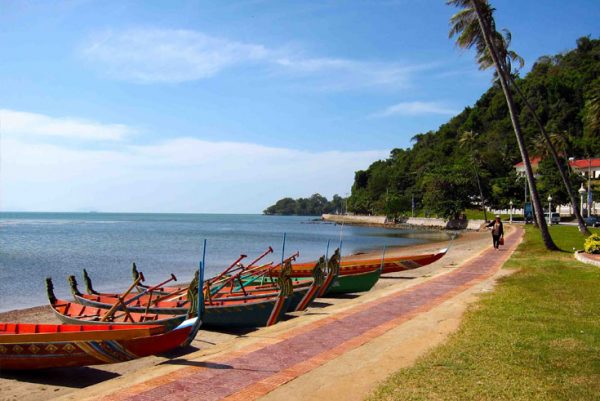
The Beauty of Khmer Culture
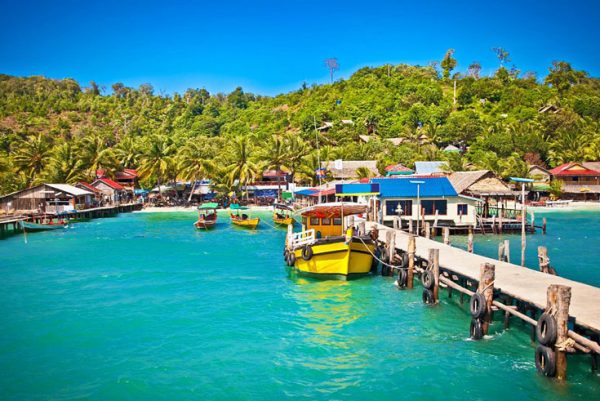
8 Days & 7 Nights Discovering Cambodia

Best of Cambodia in 14 Days
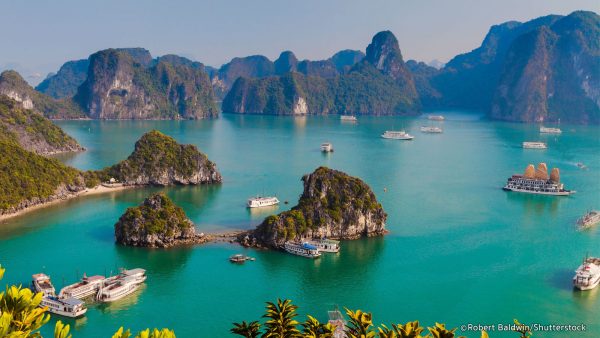
Best Indochina Discovery in 20 Days 19 Nights

8 Days 7 Nights discovering Siem Reap & Hanoi
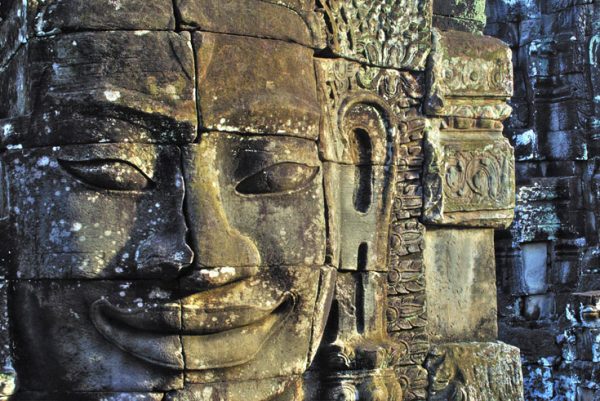
6 Days 6 Nights discovering Thailand – Cambodia & Vietnam
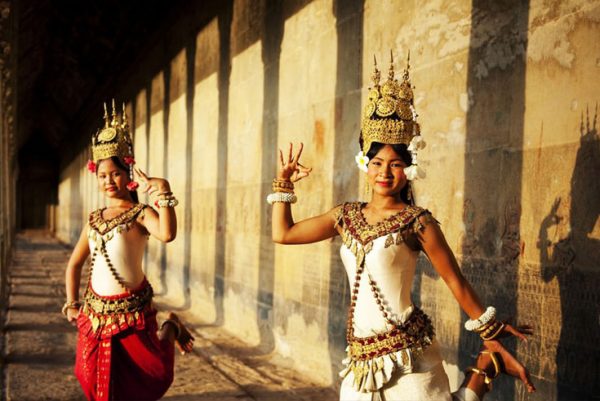
4 Days 4 Nights discovering Siem Reap & Ho Chi Minh
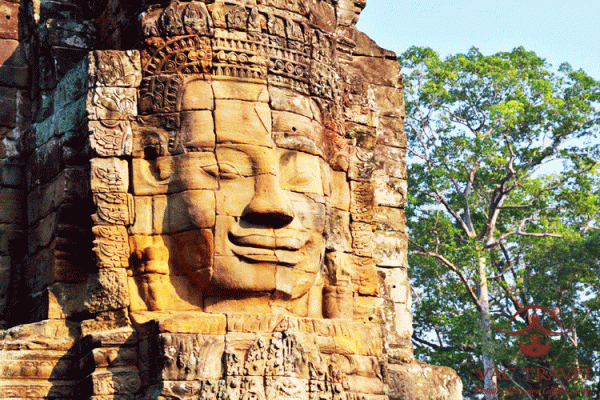
INDOCHINA DISCOVERY 10 DAYS 09 NIGHTS

16D15N discovering Thailand – Laos – Cambodia and Vietnam










